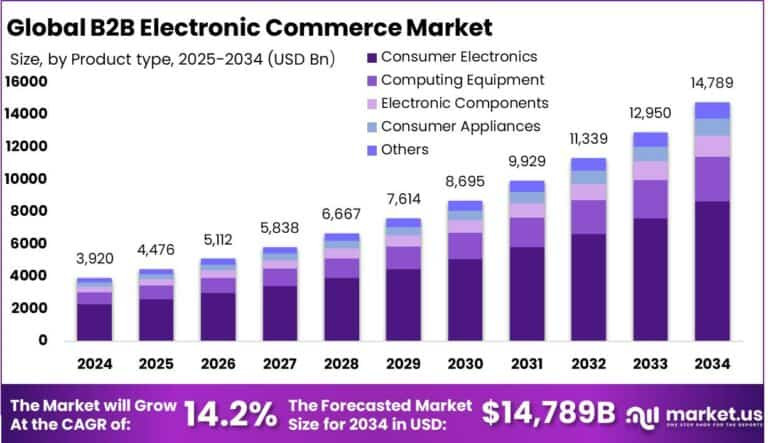views
The Global B2B Electronic Commerce Market refers to the digital buying and selling of goods and services between businesses through online platforms. It involves manufacturers, wholesalers, distributors, and other commercial entities engaging in seamless trade over internet-based systems. This market has grown significantly due to increasing digital infrastructure, globalization, and the need for efficient supply chains. With more enterprises moving operations online, the demand for streamlined procurement processes and integrated digital solutions has seen a dramatic rise. Businesses today prioritize speed, transparency, and scalability, all of which B2B e-commerce platforms are uniquely positioned to offer.
On the other hand, the Global B2B Electronic Commerce Market as an industry segment continues to expand rapidly, driven by innovation, investment, and evolving business models. The core of this market lies in its ability to enable businesses to interact in real-time, automate workflows, and optimize procurement cycles. A key driver behind its expansion is the widespread use of data analytics, cloud-based platforms, and AI tools that empower companies to personalize offerings, predict trends, and manage risks better. Moreover, increased cross-border trade and the emergence of hybrid distribution models have accelerated digital B2B transactions across the globe.
One of the top driving factors is the growing need for cost-effective procurement and supply chain efficiency. As businesses look to cut costs without compromising quality or delivery timelines, digital commerce solutions help reduce manual tasks, improve vendor visibility, and support just-in-time inventory strategies. Demand for real-time tracking, customized invoicing, and integrated financial systems is also pushing organizations to invest more in B2B e-commerce technologies.




Comments
0 comment